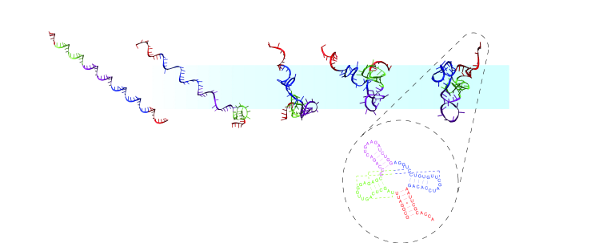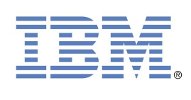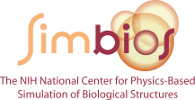
Call for papers
Multi-resolution Modeling of Biological Macromolecules
Pacific symposium on Biocomputing 2010
January 4-8, 2010
The Big Island of Hawaii

Background
The field of molecular modeling has long recognized modeling folding, assembly, and long-time dynamics of large macromolecules as its biggest challenge, since it is precisely at large size and long time scales that computational methods are most challenged. In response, many methods have been developed to reduce the computational cost by coarsening the granularity of the problem. Inevitably accuracy remains limited for these methods and so in recent years a consensus has emerged that we should work at more than one level of resolution, often simultaneously, in an approach known as multi-resolution modeling.
We propose to organize a session on multi-resolution approaches to predict and analyze macromolecular structure, assembly and dynamics. This session will focus on state-of-the-art methodological developments and applications at different levels of molecular organization. Research directions are based on developments arising in the community field of the organizers, like the ones developed in the NIH Center for Biomedical Computation at Stanford University.
In this session, the emphasis is made on integrative techniques for analysis of molecular structure and organization. Bridging the gap between computer science and structural biology, we represent an emerging community, presenting new efficient representations for the prediction and analysis of molecular structures and dynamics.
Session Topics
Multi-resolution modeling is an emerging paradigm for confronting the supra-linear complexity of predicting and analyzing macromolecular structure, assembly, and dynamics. Knowledge of the behavior of units of molecular organization leads to coarse-grained approximation of their forces and kinematics at significant computational savings, while some phenomena requiring full atomic resolution can be modeled by fine graining at specific regions in time and/or space. Thus multi-resolution modeling means addressing the need not only for speed but also for accuracy. This session brings together workers at all levels of resolution who wish to find ways to work together most optimally, with the goal of reconciling the competing needs of speed and accuracy.
In this context, submission topics can include, but are not limited to:
- Structure prediction
- Dynamics
- Molecular assemblies
- Analysis
Session Co-Chairs
Julie Bernauer
INRIA Sophia Antipolis
julie.bernauer@sophia.inria.fr
Samuel Flores
Stanford University
scflores@stanford.edu
Xuhui Huang
Hong Kong University of Science and Technology / Stanford University
xuhuihuang@gmail.com
Seokmin Shin
Seoul National University
seokmin.shin@gmail.com
Ruhong Zhou
IBM Watson Center
ruhongz@us.ibm.com
General Information on Papers and Presentations
The scientific core of the conference consists of rigorously peer-reviewed full-length papers reporting on original work. Accepted papers will be published in an archival proceedings volume (fully indexed in PubMed), and a number of the papers will be selected for presentation during the conference. Researchers wishing to present their research without official publication are encouraged to submit a one-page abstract, and present their work in a poster session.
Important Dates
- Paper submission deadline: July 13, 2009
- Notification of paper acceptance: September 10, 2009
- Final paper deadline: September 21, 2009
- Poster abstract deadline: November 2, 2009
- Meeting: January 4-8, 2010
Paper Formatting and Submission
Papers must be submitted to the PSB 2009 paper management system at
http://acamedics.com/submissions/index.php/psb/psb2009/login
Please click the "Not a user? Create an account with this site" link to create an author account and upload your paper.
All papers must be submitted in electronic format to the paper management system.
The only acceptable file formats are Adobe Acrobat (*.pdf) and postscript (*.ps). Attached files should be named with the last name of the first author (e.g., altman.pdf or altman.ps). Hardcopy submissions or unprocessed TeX or LaTeX files or electronic submissions not submitted through the paper management system will be rejected without review.
Each paper must be accompanied by a cover letter. The cover letter must state the following:
- The email address of the corresponding author
- The specific PSB session that should review the paper or abstract
- The submitted paper contains original, unpublished results, and is not currently under consideration elsewhere
- All co-authors concur with the contents of the paper
Submitted papers are limited to twelve pages in the official PSB publication format. Please format and submit your paper according to these instructions, which can be found at http://psb.stanford.edu/psb-online/psb-submit/. If figures cannot be easily resized and placed precisely in the text, then it should be clear that with appropriate modifications, the total manuscript length would be within the page limit.
Color pictures can be printed at the expense of the authors. The fee is $500 per page of color pictures, payable at the time of camera ready submission.
Contact Russ Altman psb.hawaii@gmail.com for additional information about paper submission requirements.
Session Sponsors
The chairs gratefully acknowledges the support of the sponsors of the "Multi-resolution Modeling of Biological Macromolecules" session.


